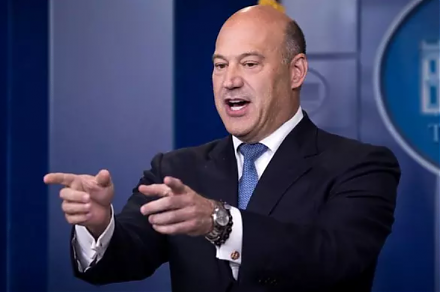

Home > Library > The cross-country evolution of corporate ownership and governance
Author Andy Yeh Alpha
This research article provides our mathematical analysis of the gradual evolution of corporate ownership concentration around the world.
Description:
We derive and develop a simple and intuitive model that shines fresh light on the relentless debate over whether corporate ownership converges to the Berle-Means modern corporation with high stock ownership dispersion. Our model takes into account the importance of both protective legal institutions and firm-specific asset arrangements. The main analytical result is that incumbent stock ownership concentration either persists or declines depending on the relative importance of these protective arrangements. Specifically, our model predicts: (a) high stock ownership dispersion in nations that impose legal limits on blockholders's clout to expropriate minority shareholder rights, and (b) high stock ownership concentration in nations that primarily rely on asset specificity as a form of investor protection. In this view, both the path-dependency and convergence theories complement each other in the broader context of corporate governance.
Our empirical analysis of international data suggests at least partial convergence toward the Berle-Means modern corporation with high stock ownership dispersion. It is thus plausible to infer the existence of path-dependent forces on corporate ownership concentration. Nevertheless, this result does not preclude the more dynamic form of functional convergence toward greater stock ownership dispersion through the general tendency of non-U.S. public firms to cross-list on the major U.S. stock exchanges. This trend introduces stringent disclosure and governance requirements to a wider set of multinational corporations. In essence, these empirical results suggest a case for the co-existence of the path-dependency and functional-convergence stories. These complementary stories arise as stable mates and represent some partial elements of truth in explaining the cross-country variation in corporate ownership and governance structures.
2019-12-04 14:35:00 Wednesday ET

Many billionaires choose to live below their means with frugal habits and lifestyles. Those people who consistently commit to saving more, spending less, an
2017-07-07 10:33:00 Friday ET

Warren Buffett invests in American stocks across numerous industries such as energy, air transport, finance, technology, retail provision, and so forth.
2023-11-14 08:24:00 Tuesday ET

Thomas Sowell argues that some economic reforms inadvertently exacerbate economic disparities. Thomas Sowell (2019) Discrimination and econo
2019-01-27 12:39:00 Sunday ET

British Prime Minister Theresa May faces her landslide defeat in the parliamentary vote 432-to-202 against her Brexit deal. British Parliament rejects the M
2020-09-10 08:31:00 Thursday ET

Most business organizations should continue to create new value in order to achieve long-run success and sustainable profitability. Todd Zenger (2016)
2018-11-23 09:39:00 Friday ET

Former White House chief economic advisor Gary Cohn points out that there is no instant cure for the Sino-U.S. trade dilemma. After the U.S. midterm electio